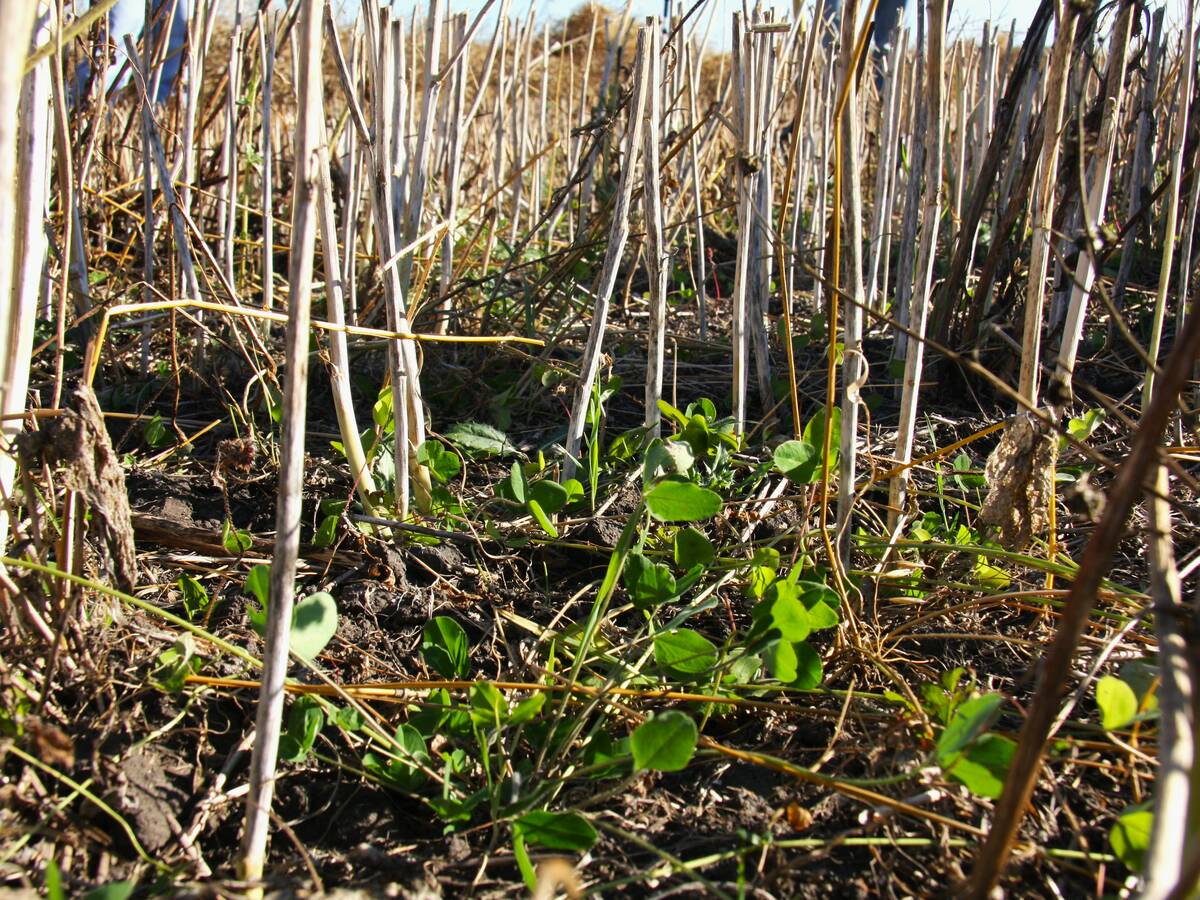Grain prices have come crashing down and growers are spending less on inputs, causing suppliers to offer deep discounts
(Reuters) — North Dakota farmer Randy Thompson plans to apply 30 percent less nitrogen fertilizer to his corn this year to save money in the face of crashing crop prices.
In Minnesota, Andy Pulk is trucking crop nutrients to his farm from 560 kilometres away because he found a better price than his local co-operative could offer. He has also stopped purchases of machinery.
“We’re on a complete spending hold across the farm,” Pulk said.
More acres than ever before are likely to be planted with soybeans and corn in the U.S. Midwest this year, which means crop input companies might have expected a windfall for earnings.
Read Also

Saskatchewan project sees intercrop, cover crop benefit
An Indigenous-led Living Lab has been researching regenerative techniques is encouraging producers to consider incorporating intercrops and cover crops with their rotations.
However, grain prices near five-year lows and farm incomes at their lowest levels since 2002 have encouraged growers to tighten their belts by reducing spending on fertilizer, seeds and chemicals.
Suppliers have responded by introducing the steepest seed discounts in at least six years, Mon-santo executives have said.
Monsanto cut prices to preserve its customer base after Pioneer, in particular, “came out with offers like free seed and other pretty significant discounts,” said Michael Frank, Monsanto’s chief commercial officer.
Together, the companies’ products are used on 70 percent of all corn and soybean acres in the United States. Some seed dealers said more farmers are foregoing new varieties to save money.
Nathan Kizer, seed manager at South Dakota Wheat Growers, a 5,000 member cooperative with locations in North and South Dakota, said farmers have been moving away from costlier seeds that are “stacked” with three or more biotech traits. Instead, they have been buying varieties that have been on the market three to five years.
“We’re not planting a bunch of the old dogs, but we are using a lot of the middle-of-the-pack stuff,” Kizer said.
Some farmers said they were no longer applying excess fertilizer to their fields to boost yields.
However, Bert Frost, senior vice-president of sales, distribution and market development for CF Industries, said farmers will not reduce nitrogen use because that could hurt yields.
“The one variable that you can count on to pick up maximum yield is nitrogen,” Frost said.
Savings are crucial for farmers as the U.S. Department of Agriculture forecasts that net incomes will fall three percent this year after a 38 percent slump in 2015 and a 27 percent drop in 2014.
“You’ve got to be really efficient to make money now,” said Thompson.
“Unless the markets come back, it’s going to be really ugly for a lot of guys.”














